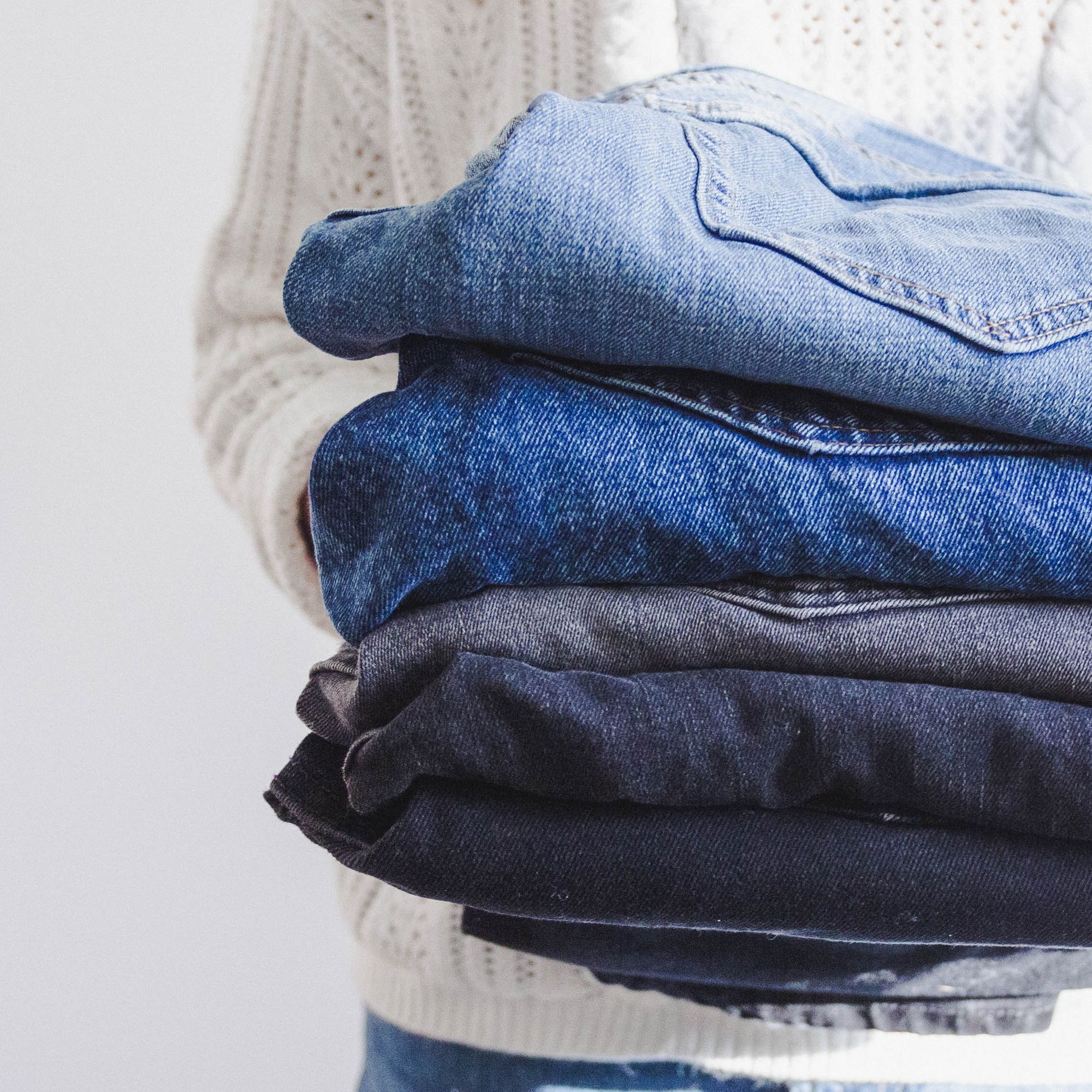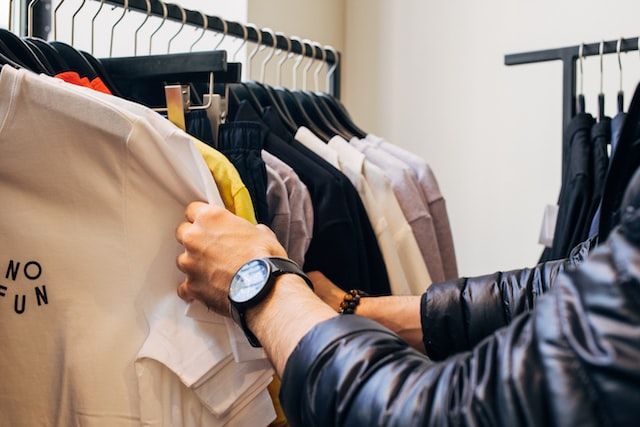Name that Flaw! How to Properly Disclose a Flaw When Selling Clothes on Poshmark
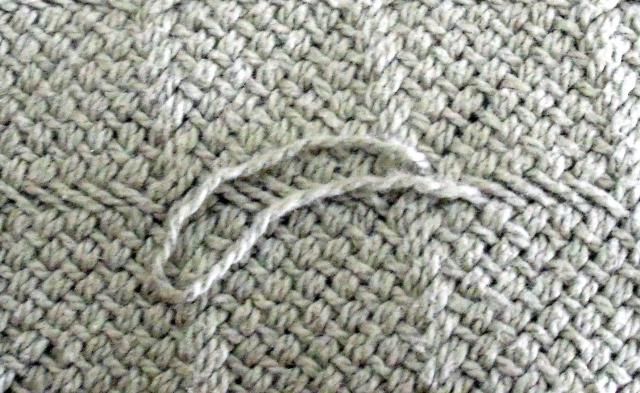
Few words put fear in the heart of a clothing reseller like "Flaw." But how do correctly describe what you're seeing for buyers? And is there anything you can do to get your item back up to snuff?
Here are a few of the most common flaws you're likely to come across as a clothing reseller, plus rehabbing procedures that might be easier to tackle than you think.
First: What is a Flaw and How Do You Describe it to Buyers?
I like to think about flaws in a few simple parameters that helps me describe them in a consistent, thorough way for buyers every time:
Flaw Location
That is, I bucket flaws into general, localized, or specific categories. For example, "wash wear" or "fading" is general, whereas pilling or discoloration under the arms is a bit more localized. A hole in the bottom front hem and a snag on the right sleeve cuff is specific.
Flaw Severity
I use words like "minor," "light" or "slightly" to describe barely noticeable condition issues, whereas "moderate" or "significant" are useful for communicating a more serious one. Including these words is key for honestly disclosing condition and making sure buyers are purchasing with appropriate expectations.
Flaw Types
Let's define a few flaws you're most likely to encounter so you can reach for the right word when describing them for buyers. I'll put them generally in "minor" or "major" categories to give a sense of how important they are to emphasize (ie. you can get away with disclosing "a couple of pulls" but not slipping into the end of the description that they are "a few holes.")
Snags and Pulls
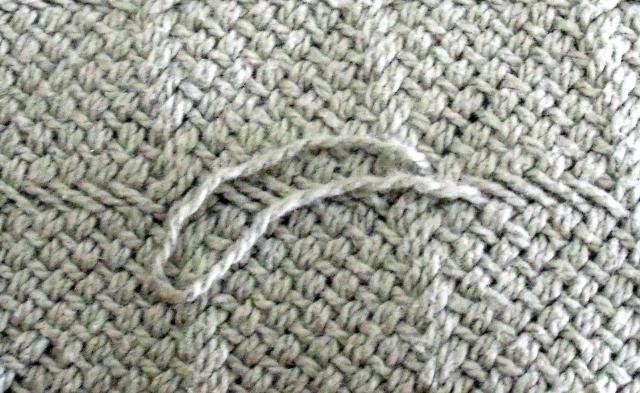
A snag is a thread or yarn that has pulled out from a garment and is visibly hanging (hopefully still in a loop). A pull is a less severe version of this where the thread is visibly tighter on the garment (most visible in fine knits with a little sheen, like silk or merino).

How to fix snags and pulls: for snags, NEVER CUT THEM. Gently push the excess thread or yard through to the inside of the garment with a needle or crochet hook, or use a snag repair tool (I like this one, though it's best for knits—I recommend the needle route for woven silks, etc). Then gently work the the area around the snag with your fingers to ease it back into the garment as much as possible. This is also my recommendation for pulls: gently working and stretching the area to reincorporate the pulled spot.
Rips and Tears vs. Holes
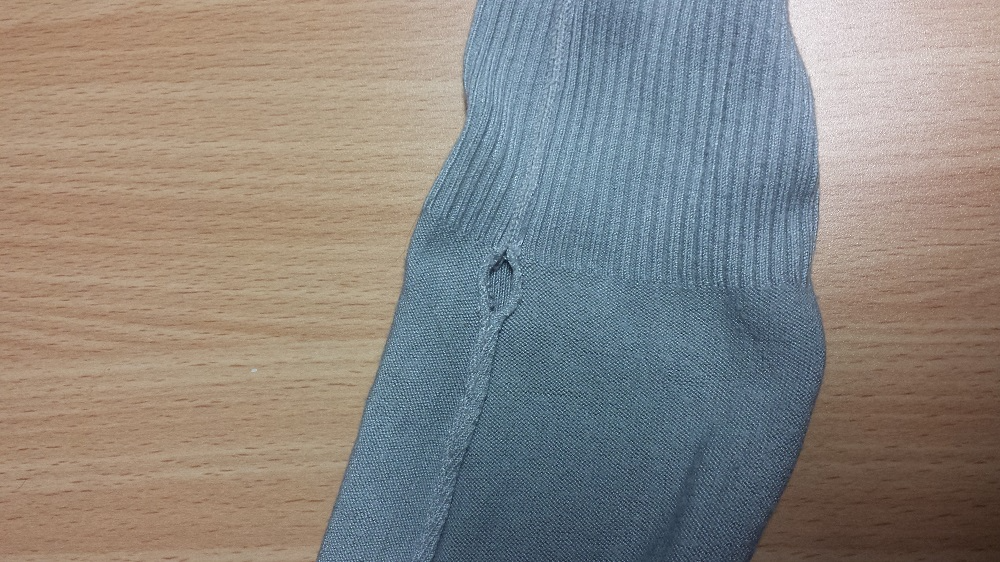
I generally think of rips and tears being specific to woven fabrics (ie. a silk button down shirt), whereas knit fabrics (ie. a wool sweater) have holes. These are very important to disclose if you're not fixing them, though I much prefer to note "minor repaired seam tear—see photos" vs. "the crotch is wide open and blowing the breeze" ...so I tend to repair them!
How to fix rips, tears, and holes: obviously, difficulty in fixes depends on fabric and clothing type, the area of the damage, and your skill level/materials available. Search for information on "darning" for knit holes (keeping in mind that small ones in fine knits are much more amateur friendly than big ones in chunky knits). You'll likely be able to get away with fixing them with a needle, thread, and some patience.
For rips and tears, these materials will also come in handy—though I frankly would likely only try to tackle tears at the seam at home. For these, I recommend working from the inside of the garment, anchoring your thread in areas not likely to itch the wearer, and keeping things as neat as possible. Pins are your friend!
Fallen Hems
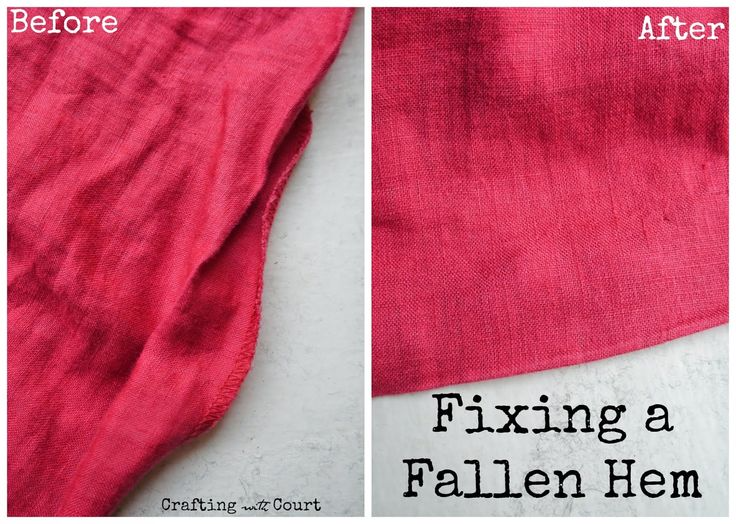
Depending on material, these are pretty manageable at home, though they take a few minutes. I recommend at least trying fixes like this since they're pretty beginner-friendly and you'll only get faster and more skilled over time. I'd say easiest is woven skirts, tougher are thick fabrics like denim or leather, and I'd only want to have to tackle a small section on pants vs. skirts (for fear of not being able to get the legs to match well enough).
How to fix dropped hems: this will entirely depend on your article type, the fabric thickness, the types of stitching involved, etc, so I recommend YouTubing it, or running a google image of the type of hem that's still holding on your garment, so you can find the name for it and attempt to match. If you can safely iron your garment and you hate sewing, iron-on hem tape may come in handy (though you should obviously disclose this fix in your listing).
A few rules of thumb: match your thread to the garment as much as possible, use a light hand (I'll pick up just a thread or two while hemming from the inside), and check your work as you go to ensure an even, tidy look. And don't be afraid to just go for it. Hems are pretty re-do friendly.
Stains vs. Discoloration
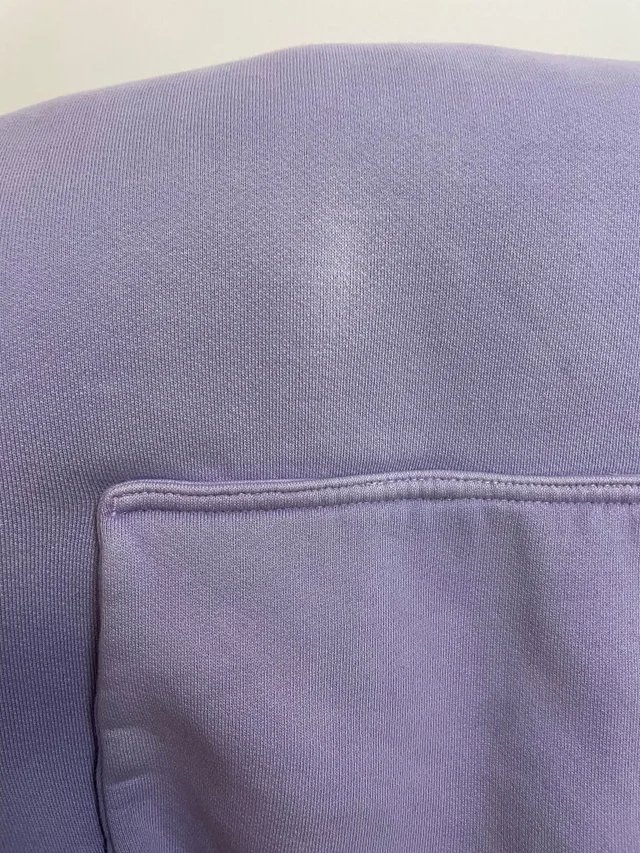
I tend to use "stain" to describe specific colored sports on a garment, whereas "discoloration" might mean some darkened or lightened areas that are a bit subtler or vaguer. It's a good idea to asses the fabric and possible type of stain/discoloration you're seeing before devising a plan of attack. Another issue you might come across is color bleeding, which is common in multi-color items that shouldn't be washed in water. Some folks recommend soaking in dawn dish detergent for this, but obviously tread carefully with dry clean-only items.
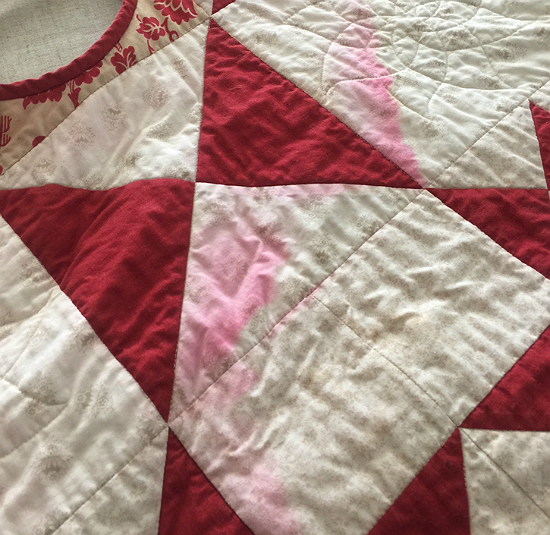
Bleach stains on an item can be a deal breaker for most buyers since they're not reversible. If possible, I like to try to at least improve if not totally fix these with permanent fabric markers. Tread carefully and work slowly: I'll keep a damp paper towel nearby to smudge out my work and gently blend borders. I've had the most luck with marled-color sweaters and solid black items. Test colors in as inconspicuous area as you can first.
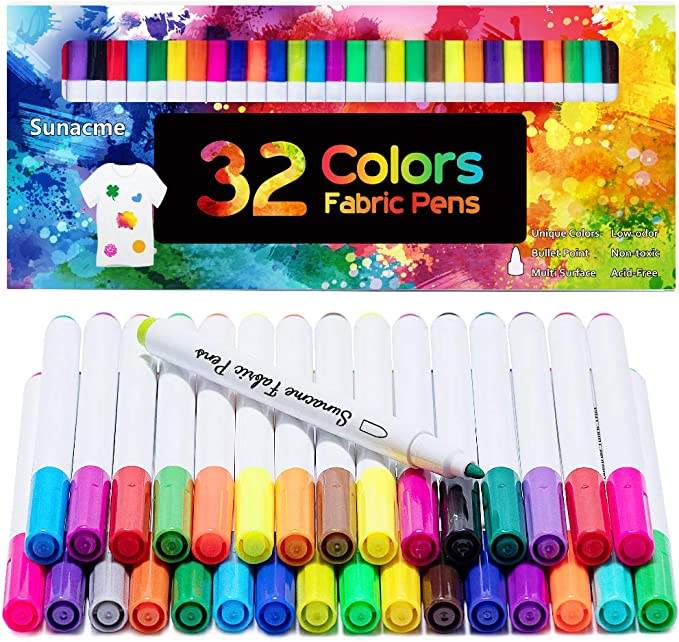
How to Fix Stains and Discoloration: Again, assess fabric type first. White jeans can withstand hot water and bleach; a white wool sweater? Not so much. For spots on fairly hardy fabrics (don't try this on dyed silks!), I'll work in a little dish soap, escalating things with a sprinkle of baking soda and a soft, wet toothbrush as needed. You may need a few rounds of this. If possible, spot test in an inconspicuous area first, especially on a dark/saturated items. If the stain appears to have lifted, rinse the spot well and air dry, or hand soak and wash if appropriate. Hardier clothes can go through the wash in a laundry bag (jeans or athletic clothes). But do NOT let them go through the dryer as any remnants of the stain you may have still been able to get out will likely be made permanent.
WARNING: When to Tread Carefully with Spots and Stains
Colorful/patterned silk with spots, stains, or discoloration is going to be a pain. 100% silk is hand washable, in my opinion, but I'm shyer about attempting a wash with colorful, striped, patterned items—and definitely ones I'm planning to sell. I avoid visibly stained items like this unless I'm comfortable possibly ruining them (ie. they cost $.70 or they're for me).
Ditto for finicky materials, dry-clean only fabric blends, or badly stained white wool. Wool can't be washed in hot water, and it can't take bleach—so if you were planning on a "Bright Whites" wash for that dingy sweater, put it back. Acetate, Rayon, and Viscose can shrink—'dry clean only' might be non-optional for these items after all. And dry-clean-only items with mixed fabric content, or complex dye patterns as mentioned above should also have their labels respected.
Sizing Discrepancies
[Real footage of your buyer in a "large" item you didn't disclose fits more like an extra small]
These are not always a flaw: vintage items often fit smaller than their tag size just due to changes in our measuring systems. Disclose these and advise buyers on how items are likely to fit in modern size (I like this guide, SizeChart). I'll often list items as this size on Poshmark, but note in the description what the tag size is, and that measurements are consistent with S/M/L etc. accordingly. As a rule of thumb, if an item could ambiguously be a 4 or a 6, I'll just call it a "small," include the original tag size and measurements, and let buyers decide for themselves what will work for their exact size.
If items are bigger than usual, I'll often just note that the item is "oversized" or "relaxed fit" depending on where the bigger measurements are. If I'm seeing a huge chest and waist and dropped shoulders, I tend to go with "oversized."
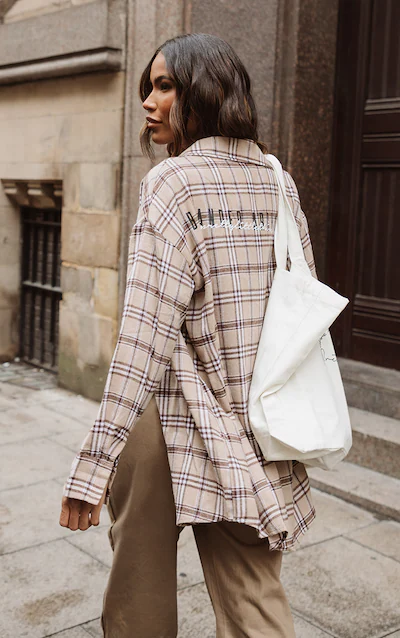
If the item seems fitted in some areas but not others (ie. shoulders are falling where they should and chest and waist are just an inch or two larger than expected) I'll get with relaxed.
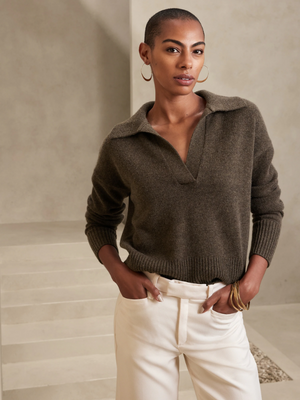
In this case, I'll also consider whether an item is actually men's versus women's. This comes up a lot with sweaters for me, especially in brands like Uniqlo that don't differentiate much on their tags.
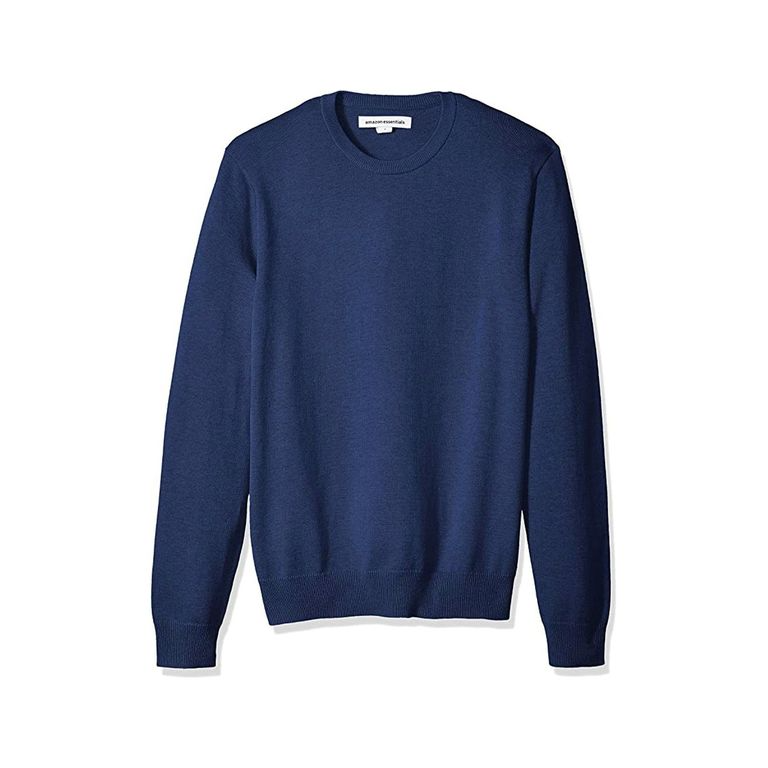
Men's sweaters tend to have a more rounded torso, whereas women's taper in at the waist and might end at the hip instead of the belt line.
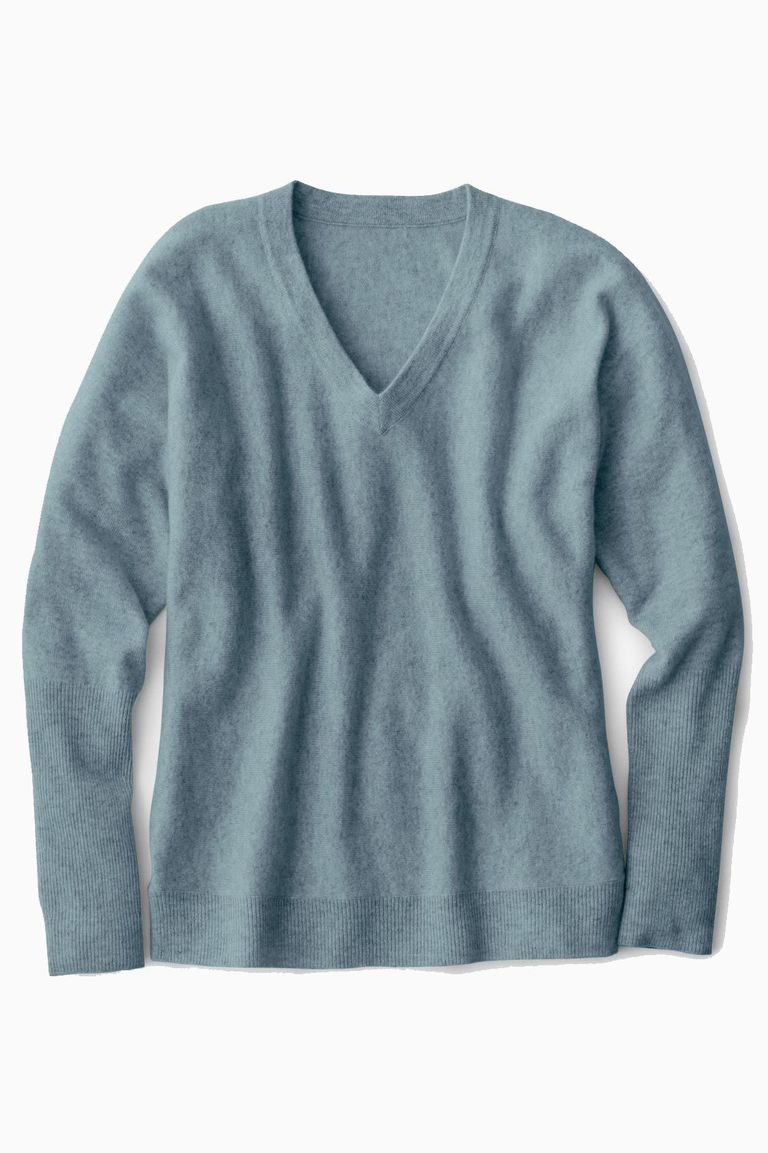
Shrinking
Shrinkage is a true flaw, and an issue to be aware of, but one that might be workable. To identify it for disclosing (assuming you can't or won't try to fix it), again, compare your item's measurements with an average clothing sizes chart, and note any funky texture.
How to Fix Shrinkage: Assuming you're working with a sweater, check for stretch and observe texture. If it feels like felt and/or has no stretch, you won't be able to reverse it. Otherwise, soak in cool water with Woolite and gently stretch to reshape, rinse, roll in a towel to dry, and finish with a gentle steam. And don't forget to take new measurements for the listing!
Bonus Round: Flaws to Remove Instead of Disclosing
White Scuffs on Patent Leather
You don't have to shun (real) patent leather with scuffs. Alcohol and Q-tips, y'all. That's all I'll say! (Faux patent leather I can't speak for, buy and rehab at your own risk!)
Pills
Get a dang sweater shaver. Better yet, get one with two heads. This one has even helped with wash wear for me. Just make sure you're being smart about your time. A pilled 30% wool Ann Taylor sweater? Meh. A pilled 100% cashmere Prada sweater? Now we're talking!
Deodorant Marks
Just gently rub away with a damp washcloth.
Discolored White Sneaker Soles
Magic erasers+dish soap.
Water Marks
Follow this handy water mark guide to ID-ing the kind you have and removing them.
Creased Pleather
Gently steam 'em out in PU/faux/vegan leather. But psst, NEVER attempt to steam wrinkled real leather, it will shrink before your very eyes.
Did I miss anything? Meanwhile, avoid flaw disclosures altogether by checking out our handy guide to spotting flaws before you buy items at the thrift store.
Love and magic,
ClosetWitch
Read More:

